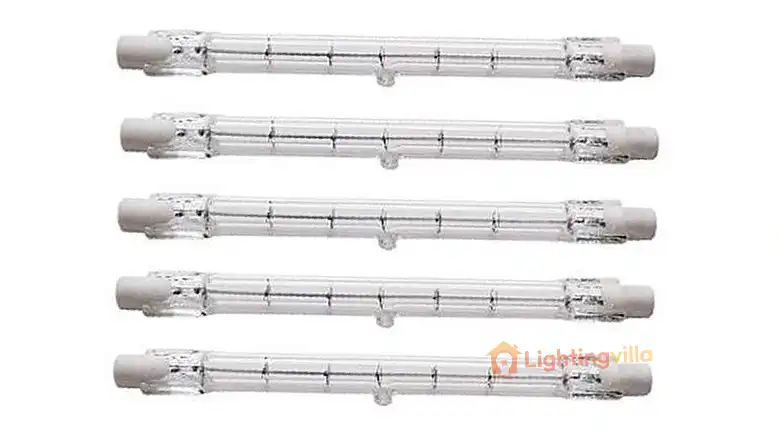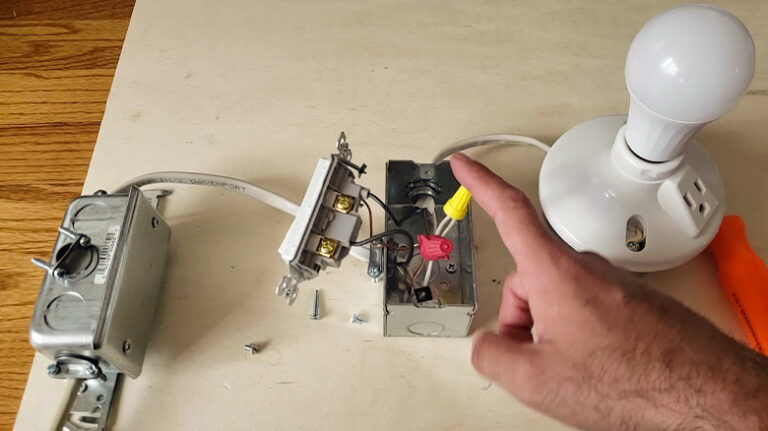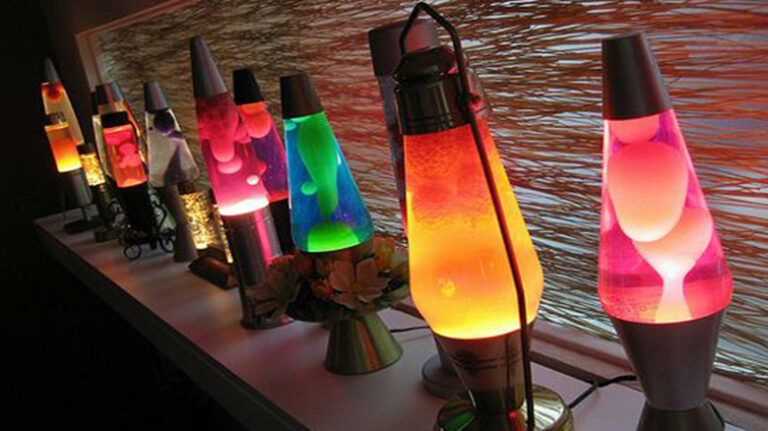Are Halogen Bulbs AC Or DC? Answered!
Halogen bulbs can work with both AC and Dc. Halogen bulbs, though used less and less for their shorter lifespan compared to other bulbs, have a big market in the automobile industry. Manufacturers use halogen bulbs as the headlight of cars as the bulb produces warm and better lighting for the road compared to others.
So the question comes when we can use the same halogen lights on both electric motors and bikes as well as cars, as these products use different methods of electric current! In this article, we shall discuss halogen bulbs and whether are they AC or DC in terms of the electric current method along with other relatable contents.

About Halogen Bulbs
An incandescent light known as a halogen bulb is made of a tungsten filament which is enclosed inside a tiny, translucent shell that is packed with an inert combination and a trace quantity of a halogen, including iodine as well as bromine.
When halogen gas with tungsten filament are combined, a halogen-cycle reaction results in the redeposition of vaporized tungsten upon that filament, extending the filament’s lifetime and retaining the envelope’s brightness. In addition to producing light with improved dazzling effectiveness and temperature, this enables the filaments to run at a higher heat than a conventional lamp of comparable power and operational life.
Volts and Application of Halogen Bulb
Since halogens don’t contain lead, recycling is not necessary. They provide the complete dimming spectrum. Many halogen lightbulb types may have a shorter lifespan when dimmed. Use a halogen lightbulb which is certified for dimming when you want to employ a dimmer (search for “dimmable” on the packaging).
The voltages for halogen lamps are 120 v, 24 v, and 12v. Transformers are required to convert line electricity to the voltage level for 12- as well as 24-volt lamps. They aren’t as effective as CFLs and LEDs, and their life might be moderate to low.
Halogen bulbs are used in the majority of car headlights. Automotive halogen headlights are offered in a variety of color temps, even though halogens generally have a neutral color tone (about 3000K).
Halogen bulbs Working on AC or DC
Halogen bulbs are typically AC (alternating current) because they are most often used in residential and commercial lighting systems, which AC electrical outlets power. However, DC (direct current) halogen bulbs are available for certain applications such as vehicle headlights, where DC current is used.
Halogen bulbs are not the same as fluorescent or LED bulbs, which are powered by DC current. Halogen bulbs are traditional incandescent bulbs but with a special type of halogen gas, usually, iodine or bromine added to the glass envelope. This gas helps to maintain the bulb’s brightness and efficiency by increasing the temperature inside the bulb. The gas also helps to extend the life of the bulb.
Halogen bulbs produce a bright, white light that is similar to that of natural daylight. They are more energy-efficient than traditional incandescent bulbs, and they also have a longer life span. Halogen bulbs are commonly used in residential and commercial lighting applications, such as in recessed fixtures, ceiling fans, and track lighting.
Halogen bulbs are powered by an AC electrical current and utilize a voltage transformer to regulate the current, allowing the bulb to operate safely at a lower voltage. This allows the bulb to produce light with a lower level of energy consumption than an incandescent bulb.
DC halogen bulbs are available for certain applications where DC current is used, such as in-vehicle headlights and 12-volt lanterns. They are powered by a DC current and require a voltage regulator to ensure the bulb operates at the correct voltage. The bulbs are also more energy-efficient than traditional incandescent bulbs and have a longer life span.
In summary, halogen bulbs are typically AC but there are also DC varieties available for certain applications. They are more energy-efficient than traditional incandescent bulbs, and they produce a bright, white light similar to natural daylight.
Frequently Asked Questions
Are lightbulbs DC or AC?
Electricity flows in two ways: either in an alternating current (AC) or in a direct current (DC). Electricity or “current” is nothing but the movement of electrons through a conductor, like a wire. The difference between AC and DC lies in the direction in which the electrons flow.
The bulbs we use run on Alternating Current. Our homes are supplied with AC which has the voltage 220-240V and 50-60hz.
Can a bulb run on AC and DC?
Yes, a bulb can run on both AC (alternating current) and DC (direct current). Most bulbs are designed to operate on AC power, while some specialty bulbs, such as LED and halogen bulbs, may be designed to run on either AC or DC power. The type of power a bulb is designed to run on will be indicated on the packaging or in the product manual.
Conclusion
Although all electrical devices require dc voltage, ac power is what is utilized to distribute power with the use of converters that convert AC to DC for the usage of electric devices. Both AC and DC will function just as well for bulbs and heating components.
Halogen auto lighting operates on DC. In general, halogen bulbs are AC and DC compatible. Halogen headlights in cars are powered by batteries and operate on direct current (DC). hope you got all your answers regarding the topic. See you another day!






